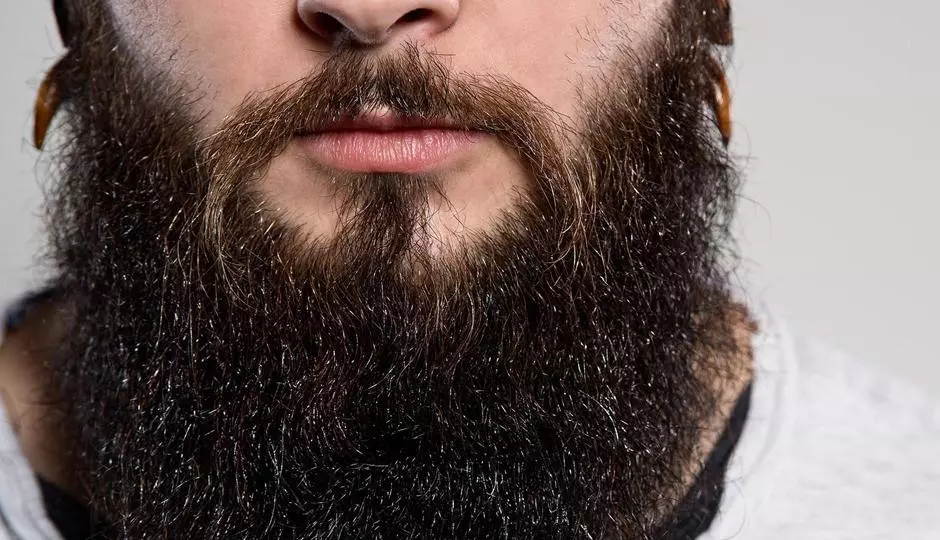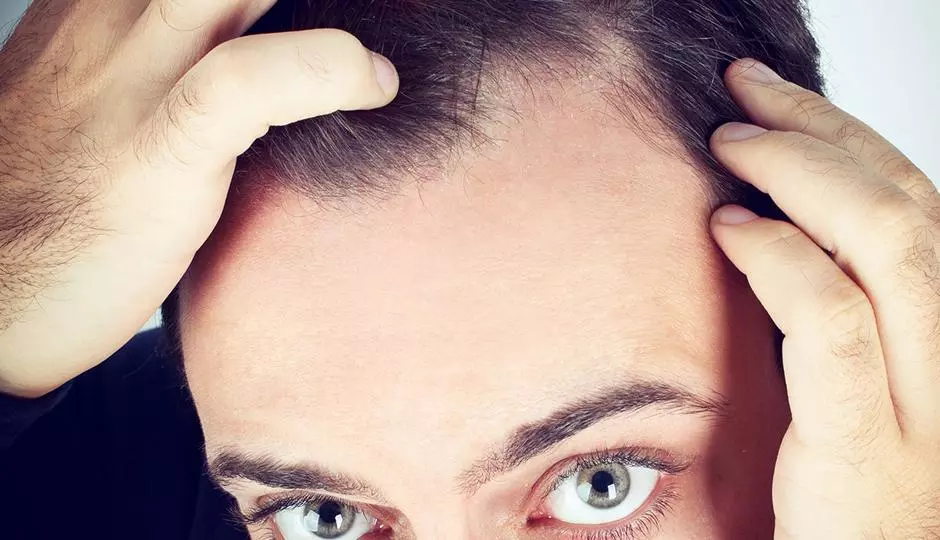Many hair loss patients I see assume they are not a candidate for a hair transplant only because no viable hair exists on their scalp. This feeling of "hopelessness" translates into other areas, and patients can end up resorting to hair styles reflecting this mindset.
For those that would contemplate a hair transplant if they had the donor hair, there is another solution. Although there has been some question in the past regarding the efficacy of this procedure, advances in technology have made beard hair become a very reliable source of hair for scalp transplantation for many reasons.
1. Healthy Donor Supply
The beard can provide between 3000 to 5000 single follicular grafts for the Follicular Unit Extract (FUE) harvesting technique I use when taking donor hair from the beard. This method uses sharp punches and shallow insertions of up to 2mm deep to extract the follicles. However, harvesting hair from the beard is different than harvesting hair from the scalp, and it can be a challenge. There is wide variation in the angle of which hair can exit the beard (as opposed to exiting the scalp) and finding the correct extraction angle is a crucial component for a successful hair transplant. Also, the hypermobility of the skin where the beard is growing is also a factor that is not present during a transplant of scalp hair. For this reason, it is imperative to use a hair transplant surgeon experienced with extracting donor hair from different sources on the body other than the scalp.
2. Provides Exceptional Density
Each follicle of hair located in the beard has nearly twice as many cuticle layers as hair follicles on the scalp, and on average the diameter of each hair is 125 microns versus 69 microns for scalp hair. In fact, when looking at various racial groups like Caucasian, Asian, and African, the beard hair diameter for all is on average 70-100% greater when compared to scalp hair for each group.
3. Easier Anesthesia Application
The anesthesia for beard harvesting is not difficult to achieve. I have used a superficial cervical plexus block with Marcaine .25% plus epinephrine to create a long-acting block. This will anesthetize most of the neck under the mandibular angle, but can be supplemented with local anesthesia along the mandibular angle. It is easy to “top up” the anesthesia, and the block is faster to perform than a total ring block.
4. Faster Recovery
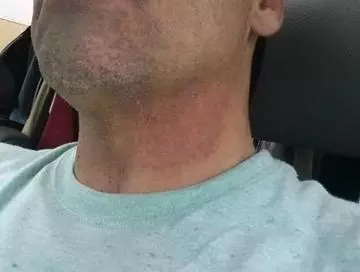
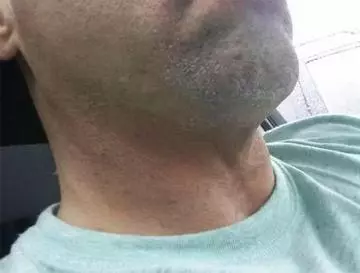
I performed a recent beard harvest on a man who had previously had multiple hair transplants. His occipital donor sites were exhausted, but his beard provided the precise grafts we needed to fill in areas. There was minimal discomfort after the procedure and the neck donor area healed very nicely. (As seen in photograph, taken six days after procedure). Because all harvesting was executed below the chin and mandibular angle, no noticeable donor site was visible after the first week (as patients often shave this particular donor area), the skin was just a little pink.
So, for those curious about transplantation of hair from a source, other than the scalp, a beard transplant is a procedure unquestionably worth considering. Especially when more donor hair is needed and fast recovery time is essential. Contact us to schedule a one-on-one consultation with me. I would be happy to discuss this in more detail with anyone.
